Boone Hall Plantation
Introduction
Text-to-speech Audio
Images
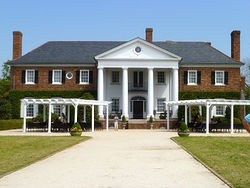
Boone Hall Plantation Arial
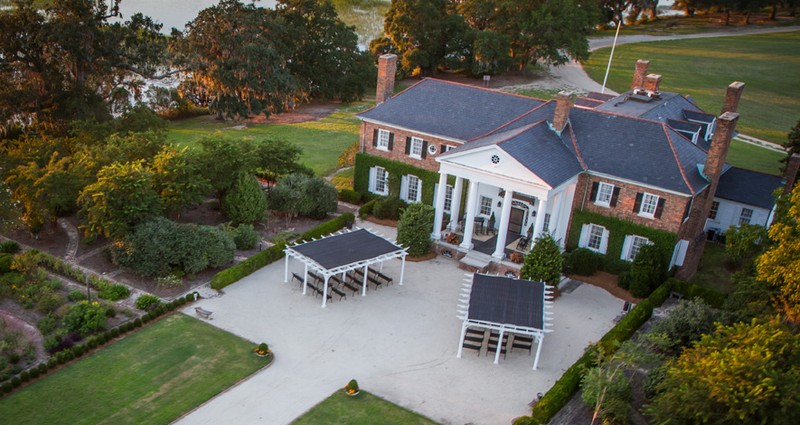
Boone Hall Plantation Avenue of Oaks
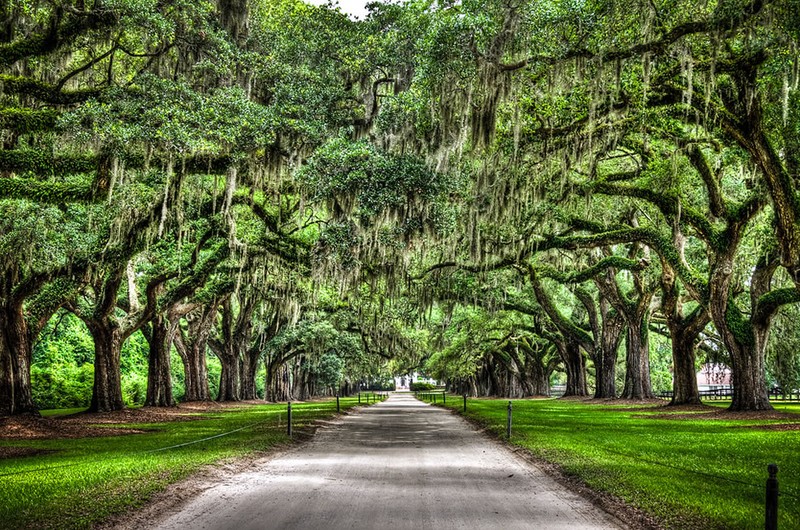
Boone Hall Plantation Avenue of Oaks
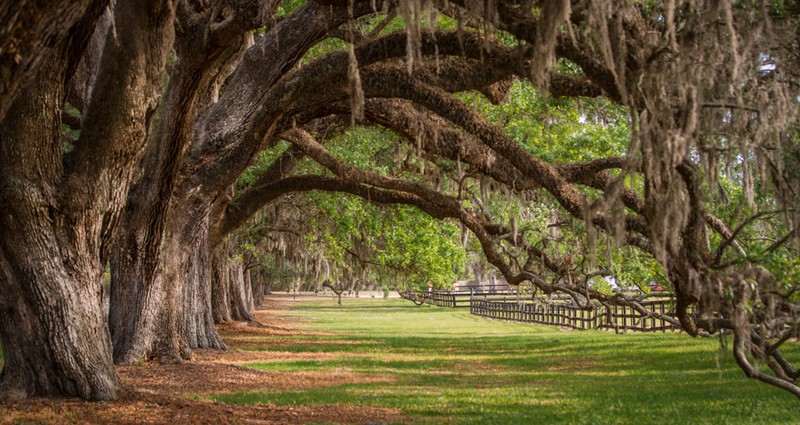
Boone Hall Plantation Slave Living Quarters
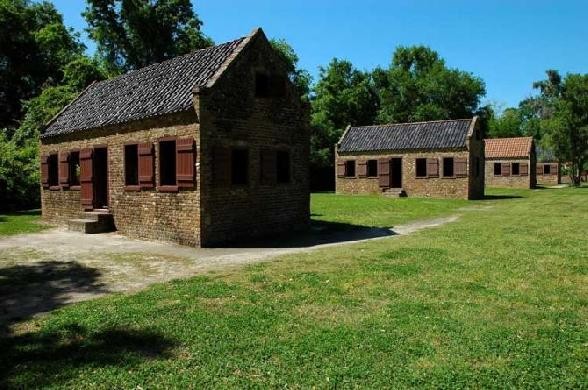
Boone Hall Plantation Gullah Culture Presentation
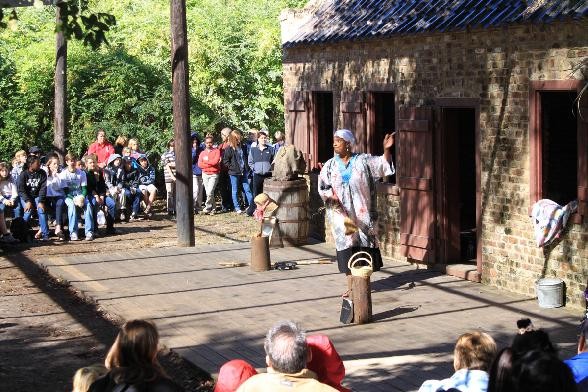
Historic photo of first property to exist on the estate.
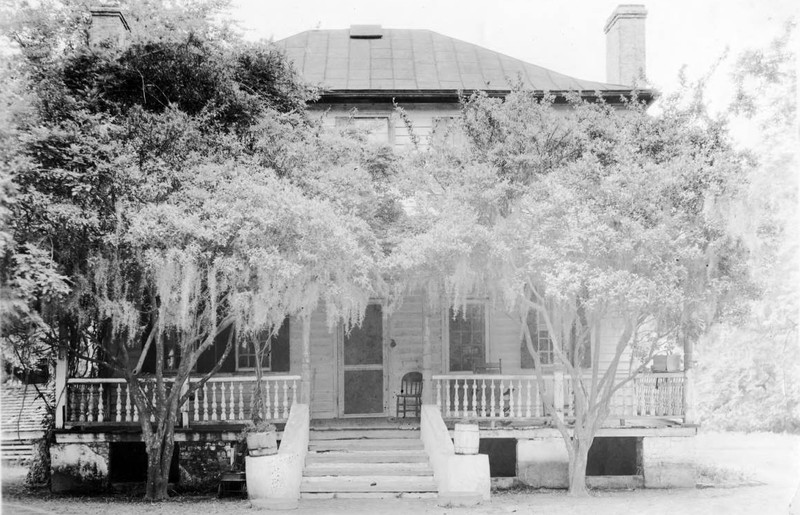
Backstory and Context
Text-to-speech Audio
Boone Hall Plantation located in Mount Pleasant, South Carolina. It is known as one of the most famous, and most often photographed, pre-Civil War plantation homes remaining in the South.
The first historical documentation of this property is from 1681. The property was given in the form of a land grant from Theophilus Patey to his daughter and son-in-law, Elizabeth and Major John Boone. The first home that existed on this property was a two story wooden structure, built in 1690.
In the early 1900s, the land was purchased by Thomas Stone, a Canadian Ambassador who had a vision of developing a “grander” house on the magnificient property. He is responsible for building the Colonial-Revival style mansion that stands today.
The property also holds nine original slave cabins that date back to 1710, an original smokehouse from 1750, and a cotton gin house from 1853. Perhaps the most stunning element of the property is the Avenue of Oaks that run for just over 3/4 of a mile in length and extends from the entrance to the front gates of the property. They were planted in 1743 and finished in 1843 and it would take almost two hundred years for them to grow and connect overheard creating an arch over the driveway.
The house was subsequently bought in 1955 by the McRae family who would renovate it and open it to the public. Boone Hall is open daily to public tours and has been seen on many television shows, miniseries, and films such as North and South, Queen, Days of Our Lives and The Notebook.
Today visitors can visit the Plantation can participate in several educational tours. Topics include the Gullah culture, a live presentation of the slave culture that existed on the property and in the south, a tour of the slave living quarters, the Plantation home, a stage coach tour of the property, and more.
Additionally, visitors are able to experience the farming culture still present at the Plantation. Seasonal harvests occur year round, and guests are invited to share in some of the experience, conditions permitting.